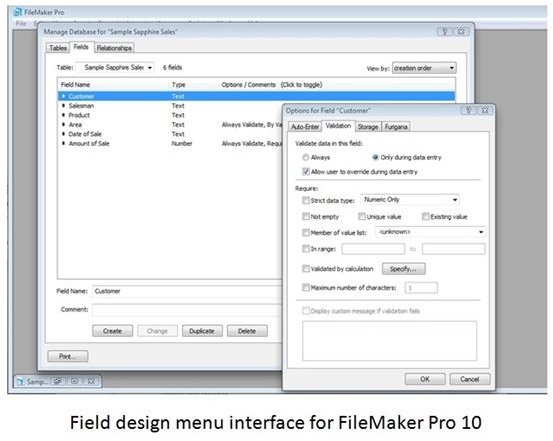

Writing an actual script requires first that you have a goal in mindwhat purpose is the script intended to accomplish? A script will step through a series of instructions, one at a time, until the script either reaches its last instruction or reaches some exit condition. From there you can delve into a single script and edit its individual script steps. Keep in mind you'll need to have signed in with an account that allows script access.Īfter you're in ScriptMaker, you'll see a list of existing scripts and can manage all the scripts in your file (you can delete, reorder, and so on).

You can also use the keyboard shortcut (one of our favorite features added in FileMaker 7) of ( -S). Simply choose Scripts, ScriptMaker and the Define Scripts dialog opens.

Creating and editing scripts in FileMaker is fairly straightforward.


 0 kommentar(er)
0 kommentar(er)
